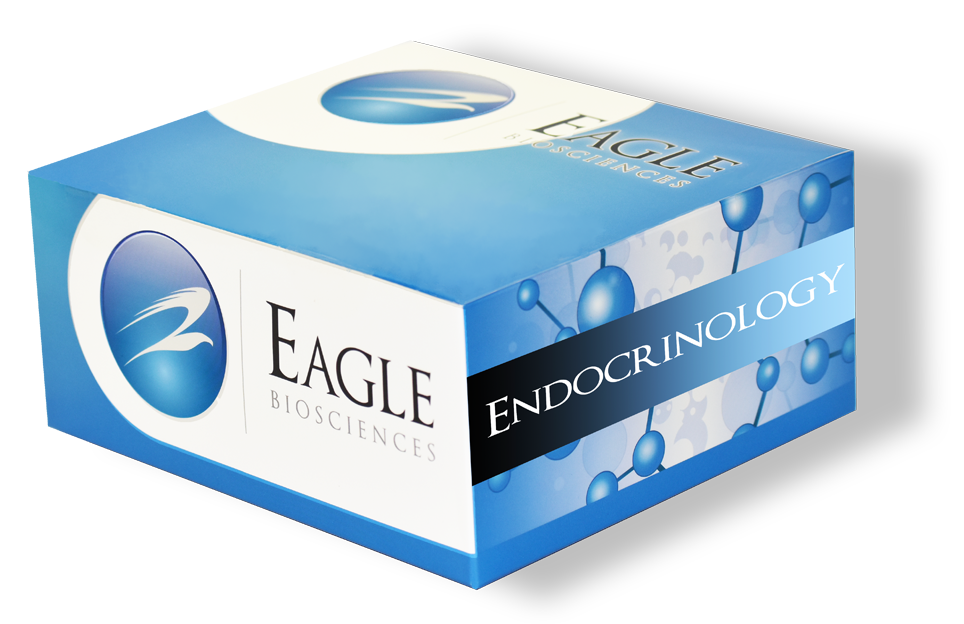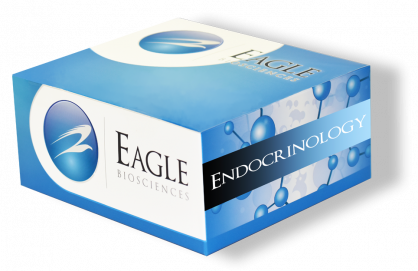C-Peptide ELISA Assay Kit
C-Peptide ELISA Assay Kit Developed and Manufactured in the USA
Size: 1×96 wells
Sensitivity: 0.01 ng/ml
Dynamic Range: 0.3 – 12 ng/ml
Incubation Time: 1.5 hours
Sample Type: Serum, Plasma
Sample Size: 50 µL
For Research Use Only
Conversion Factor:
C-peptide (pmol/L) = C-peptide (ng/mL) / 331
Assay Principle
The C-Peptide ELISA Assay Kit is designed, developed and produced for the quantitative measurement of human C-peptide in serum and/or EDTA-plasma samples. The C-Peptide ELISA Assay Kit utilizes the “sandwich” technique with selected antibodies that bind to various epitopes of C-peptide.
Assay standards, controls and samples are added directly to wells of a microplate that is coated with an anti-human C-peptide specific antibody. Simultaneously, a horseradish peroxidase-conjugated monoclonal C-peptide specific antibody is added to each well. After the first incubation period, the antibody on the wall of the microtiter well captures human C-peptide in the sample. A “sandwich” of “anti-C-peptide antibody — human C-peptide — HRP conjugated tracer antibody” is formed. The unbound tracer antibodies and other matrix protein from the test sample are removed in the subsequent washing step. For the detection of this immunocomplex, the well is then incubated with a substrate solution in a timed reaction and then measured in a spectrophotometric microplate reader. The enzymatic activity of the immunocomplex bound to human C-peptide on the wall of the microtiter well is directly proportional to the amount of C-peptide in the sample. A standard curve is generated by plotting the absorbance versus the respective human C-peptide concentration for each standard on point-to-point or 4 parameter curve fit. The concentration of human C-peptide in test samples is determined directly from this standard curve.
Products Related to C-Peptide ELISA
C-Peptide Ultrasensitive ELISA Assay Kit
ACTH ELISA Assay Kit
NGAL (Plasma) ELISA Assay Kit



